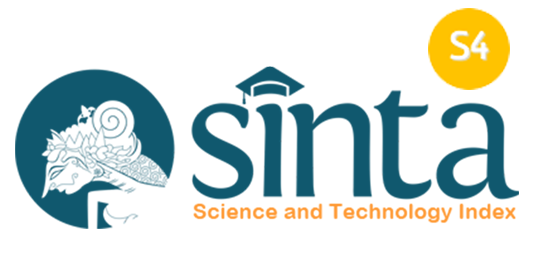Akreditasi
Official Website Of
Jurnal Program Studi Pendidikan Fisika,Universitas Mataram
The Open Access Journals of Physics Education Program, University of Mataram provides quality journal publication services to documenting and preserving scientific article from the results of your research.
Contact Us
- Phone. 081936732708
- Fax. 0370–7506625
- Mail. [email protected]
- Web. https://www.jpfis.unram.ac.id












